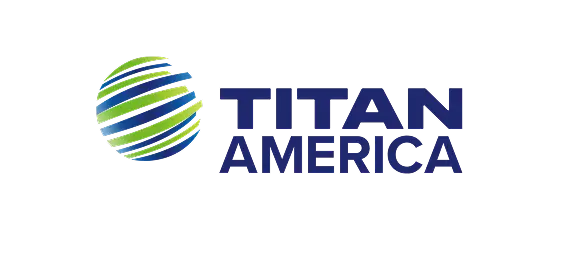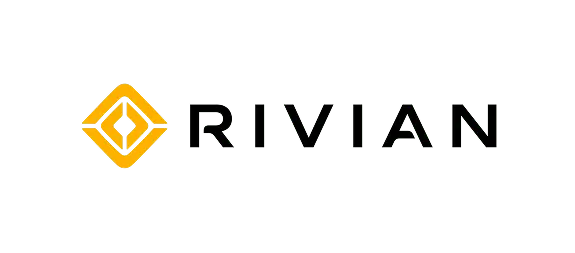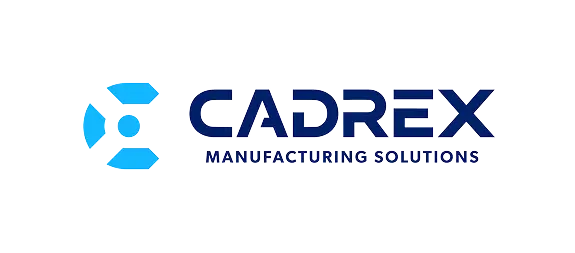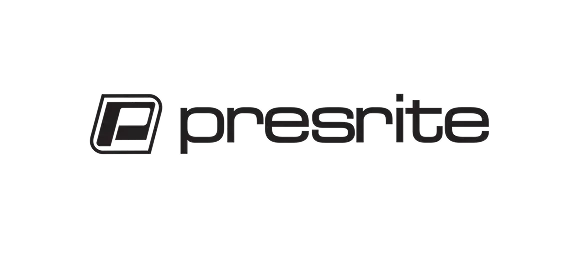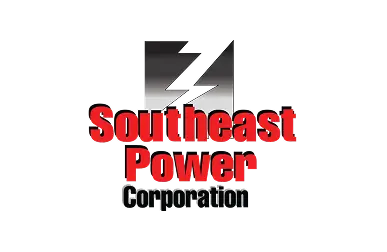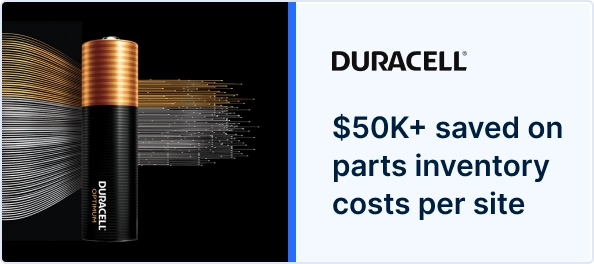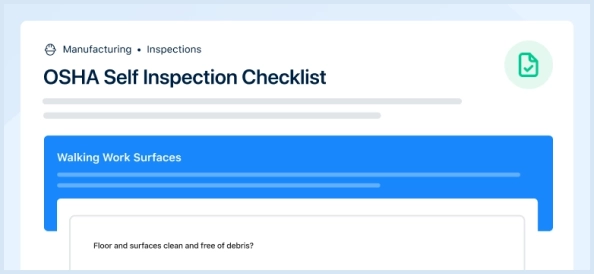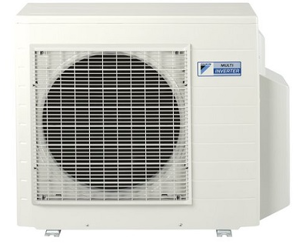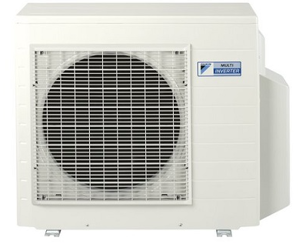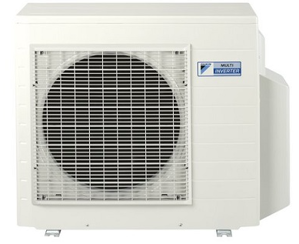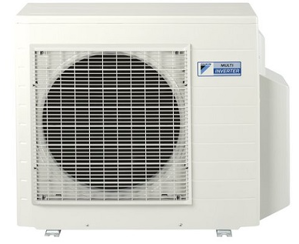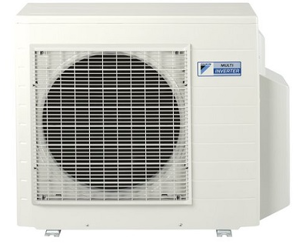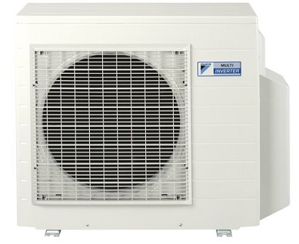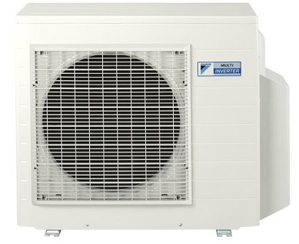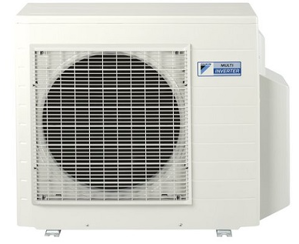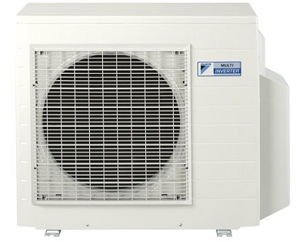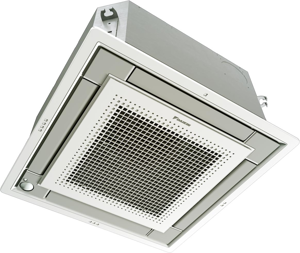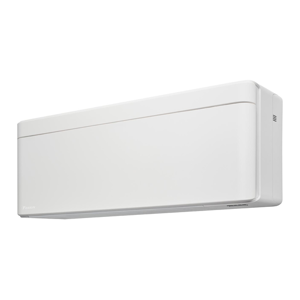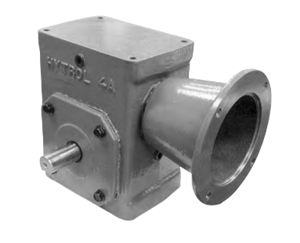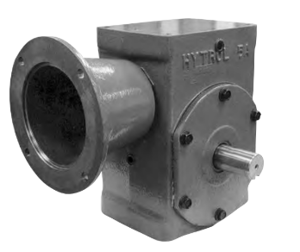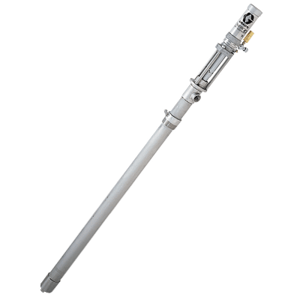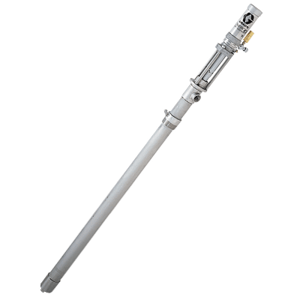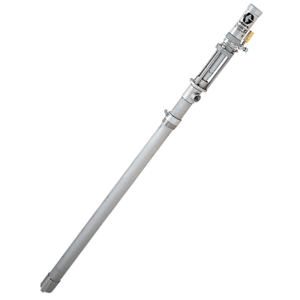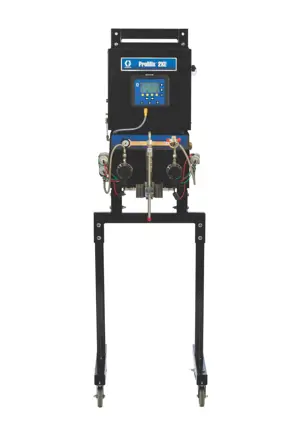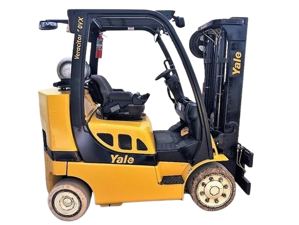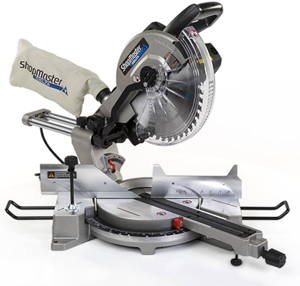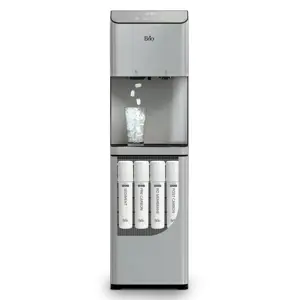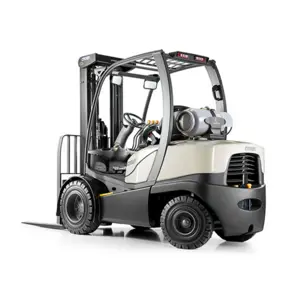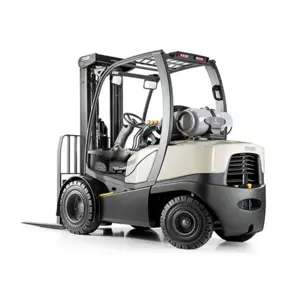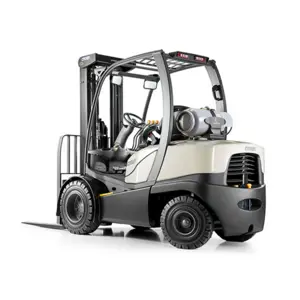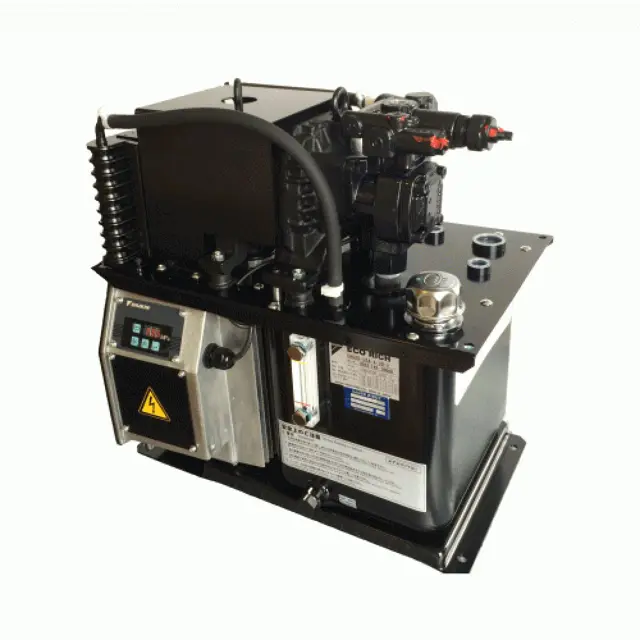

The Daikin Hydraulic Unit EHU3007-40-N-902 is a robust hydraulic system designed for industrial applications. Known for its reliability and efficiency, this unit supports various hydraulic functions, ensuring optimal performance in demanding environments. Regular maintenance and quality spare parts are essential for its longevity and operational excellence.
Turn manuals into instant answers
with your AI-powered assistantTurn manuals into instant answers
with your AI-powered assistant
Manual for Daikin Hydraulic Unit EHU3007-40-N-902
Complete asset maintenance, one click away
Get instant access to all the maintenance information you need. Empower technicians to perform preventive maintenance with asset packages, ready to use right out of the box.
Documents & Manuals
Find all the essential guides in one place.
Tensioning Guide
Belt-diagram
C-120 pulleys
+ 13 more
Work Order Templates
Pre-built workflows to keep your asset running smoothly.
Daily Electrical System Inspection
Replace Roller and Pulley
Install Engine B-120
+ 29 more
Procedures
Integrate maintenance plans directly into your work orders.
Motion Industries
Applied Industrial Technologies
Electrical Brothers
+ 5 more
Parts
Access the parts list for your equipment in MaintainX.
Drive Motor
B2 Rollers
Tensioning System
+ 40 more

Daikin Hydraulic Unit EHU3007-40-N-902
Create an account to install this asset package.
Maintenance Plans for Daikin Hydraulic Unit Model EHU3007-40-N-902
Integrate maintenance plans directly into your work orders in MaintainX.
1 Monthly Hydraulic Unit Maintenance
CAUTION!
• Wear protective glasses and gloves for this work, and do it with the power OFF.
• When using air blow, take care to avoid getting foreign matter in your eyes.
• Note that oil will flow out from the piping during disassembly. Also, check that there is no residual pressure in the piping before starting the work.
• When the hydraulic oil in cylinders and piping is returned to the tank, the tank may overflow. Rather than returning the hydraulic oil in cylinders to the tank, collect it in a separate oil receiver.
• Check that there is no abnormal noise, abnormal vibration, or abnormal heat generation from this product.
1. Check that the motor cooling fan is rotating and check for dust accumulation.
2. Accumulation of a large amount of dust will lessen the cooling effect, so it should be cleaned.
3. Check if the ambient temperature is too high.
Hydraulic Unit Maintenance
CAUTION!
• Wear protective glasses and gloves for this work, and do it with the power OFF.
• When using air blow, take care to avoid getting foreign matter in your eyes.
• Note that oil will flow out from the piping during disassembly. Also, check that there is no residual pressure in the piping before starting the work.
• When the hydraulic oil in cylinders and piping is returned to the tank, the tank may overflow. Rather than returning the hydraulic oil in cylinders to the tank, collect it in a separate oil receiver.
• Check that there is no abnormal noise, abnormal vibration, or abnormal heat generation from this product.
1. Oil level check. Check if there is a sufficient volume of oil. Also check that the hydraulic oil is not cloudy and does not include air bubbles.
2. Oil temperature check. Check that the oil temperature is no higher than 60°C. (Keep it within 15 to 50°C in normal use.)
3. Gear Pump Inspection. In the event of an oil leak from the oil seal, the pump must be replaced. Leaked oil will be expelled through the motor's oil grooves, so inspect for oil leakage.
1 Yearly Oil Filler Port Cum Air Breather Maintenance
- Removal method
• Turn the cap in the counterclockwise direction by hand and remove it.
- Cleaning
• Air blow the filter section to blow off deposits and adhering material. Also remove dirt from inside the strainer’s cylinder.
- Mounting
• Fit the cap by turning in the clockwise direction by hand to the position where it stops.
WARNING! When using air blow, wear protective glasses to avoid getting deposits and dirt in your eyes.;
6 Monthly Hydraulic Unit Maintenance
CAUTION!
• Wear protective glasses and gloves for this work, and do it with the power OFF.
• When using air blow, take care to avoid getting foreign matter in your eyes.
• Note that oil will flow out from the piping during disassembly. Also, check that there is no residual pressure in the piping before starting the work.
• When the hydraulic oil in cylinders and piping is returned to the tank, the tank may overflow. Rather than returning the hydraulic oil in cylinders to the tank, collect it in a separate oil receiver.
• Check that there is no abnormal noise, abnormal vibration, or abnormal heat generation from this product.
1. Oil hue check. Degradation of the hydraulic oil can be recognized based on its color. If the hydraulic oil color changes toward brown and reaches ASTM level L4: bright yellow, replace it.
2. Check that there are no cracks or breaks in the sheathing of the wiring.
3. Measure the insulation resistance, and check that it has not dropped.
1 Yearly Oil Cooler Maintenance
WARNING!
• Before starting maintenance work, stop the unit running and shut off the source power supply.
• Wear protective glasses and gloves for this work.
i) The cooler fins are sharp, so take care.
ii) When using air blow, take care to avoid getting foreign matter in your eyes.
CAUTION!
• Take care to ensure that no excessive forces are applied to the power cable or connector of the DC fan during the work.
• Note that oil will flow out from the piping and oil cooler during disassembly.
- Removing the oil cooler
Unlock efficiency
with MaintainX CoPilot
MaintainX CoPilot is your expert colleague, on call 24/7, helping your team find the answers they need to keep equipment running.
Reduce Unplanned Downtime
Ensure your team follows consistent procedures to minimize equipment failures and costly delays.
Maximize Asset Availability
Keep your assets running longer and more reliably, with standardized maintenance workflows from OEM manuals.
Lower Maintenance Costs
Turn any technician into an expert to streamline operations, maintain more assets, and reduce overall costs.
Thousands of companies manage their assets with MaintainX
